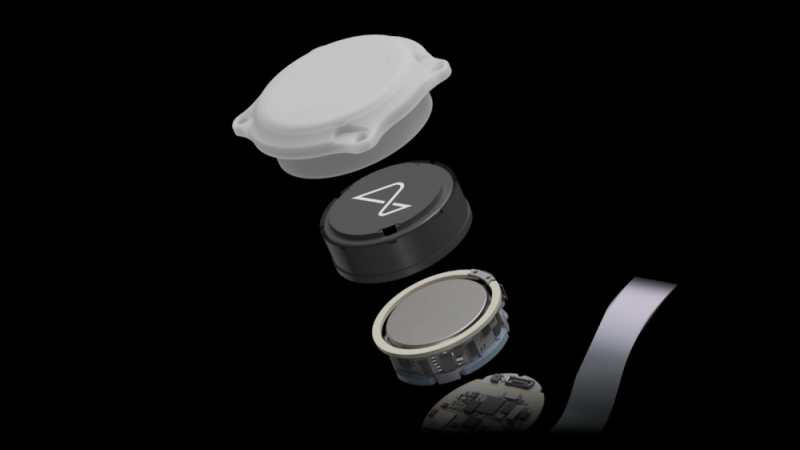Neuralink admits patient’s brain implant is partially ‘retracted’

Neuralink quietly published an update earlier this week on the first patient to receive its experimental brain computer interface (BCI), but a troubling detail is buried within the progress report. According to Elon Musk’s company blog post on Wednesday, the implant is partially detached from its user’s brain.
The Neuralink N1 is a roughly quarter-sized device containing a battery, communications arrays, and a processing chip placed atop a patient’s brain through a small hole in the skull using a “surgical robot” overseen by humans. The BCI utilizes 64 threads thinner than individual human hairs, each containing 16 electrodes, which are installed a few millimeters into a patient’s motor cortex. Once activated, the electrodes detect and transmit neural activity that is near instantaneously translated from intention into actions on a computer—such as moving a mouse cursor and typing.
Neuralink worked for years towards its first human implant, but in the process faced repeated FDA delays, multiple regulatory investigations, and accusations of animal test subject abuse during alleged “hack job” procedures. In May 2023, the FDA finally granted Neuralink approval to begin human trials. On January 29, Elon Musk announced on social media that Neuralink completed its first BCI implant in a human patient who was “recovering well.”
Concrete evidence was not provided for nearly three months. In March, a Neuralink livestream on X identified the volunteer as Roland Arbaugh, a 29-year-old man from Texas who became paralyzed from the neck down in 2016. Subsequent updates have since been slow to arrive, and come at the company’s discretion. The latest blog post from May 8 largely focuses on Arbaugh’s progress, and only devotes a single paragraph to the newly revealed implant issue.
“In the weeks following the surgery, a number of threads retracted from the brain, resulting in a net decrease in the number of effective electrodes,” Neuralink explains.
According to Neuralink, Arbaugh’s issue led to a reduction in the device’s bits-per-second (BPS) rate, which measures the speed and accuracy with which a user can control a computer cursor through their BCI. Neuralink further explained that subsequent modifications to the implant’s recording algorithm offered a workaround to the problem “that has now superseded Arbaugh’s initial performance.” Neuralink currently offers no other information on the status of the implant’s detached needles, or what caused the original malfunction.
It also appears Neuralink only published the new clinical trial update after The Wall Street Journal inquired regarding reports of the problem. Sources familiar with the company hypothesized pneumocephalus may be responsible for the needle detachments, which occurs when air is trapped inside a patient’s skull following brain surgery. The WSJ also reported that although the issue “hasn’t appeared to pose a risk to [Arbaugh’s] safety,” Neuralink employees at least briefly considered removing the implant.
Similar devices to the N1 already exist for physically disabled patients, but Musk has voiced a desire to make upgradable Neuralink implants available for anyone. In the past, he has suggested these products will do everything from mentally connecting to the internet, to summoning a self-driving Teslas, to restoring limb functionality for paralyzed users.
Neuralink has previously stated it plans to complete 10 total N1 human trial implants by the end of the year. The company did not respond to a request for comment at the time of writing.










